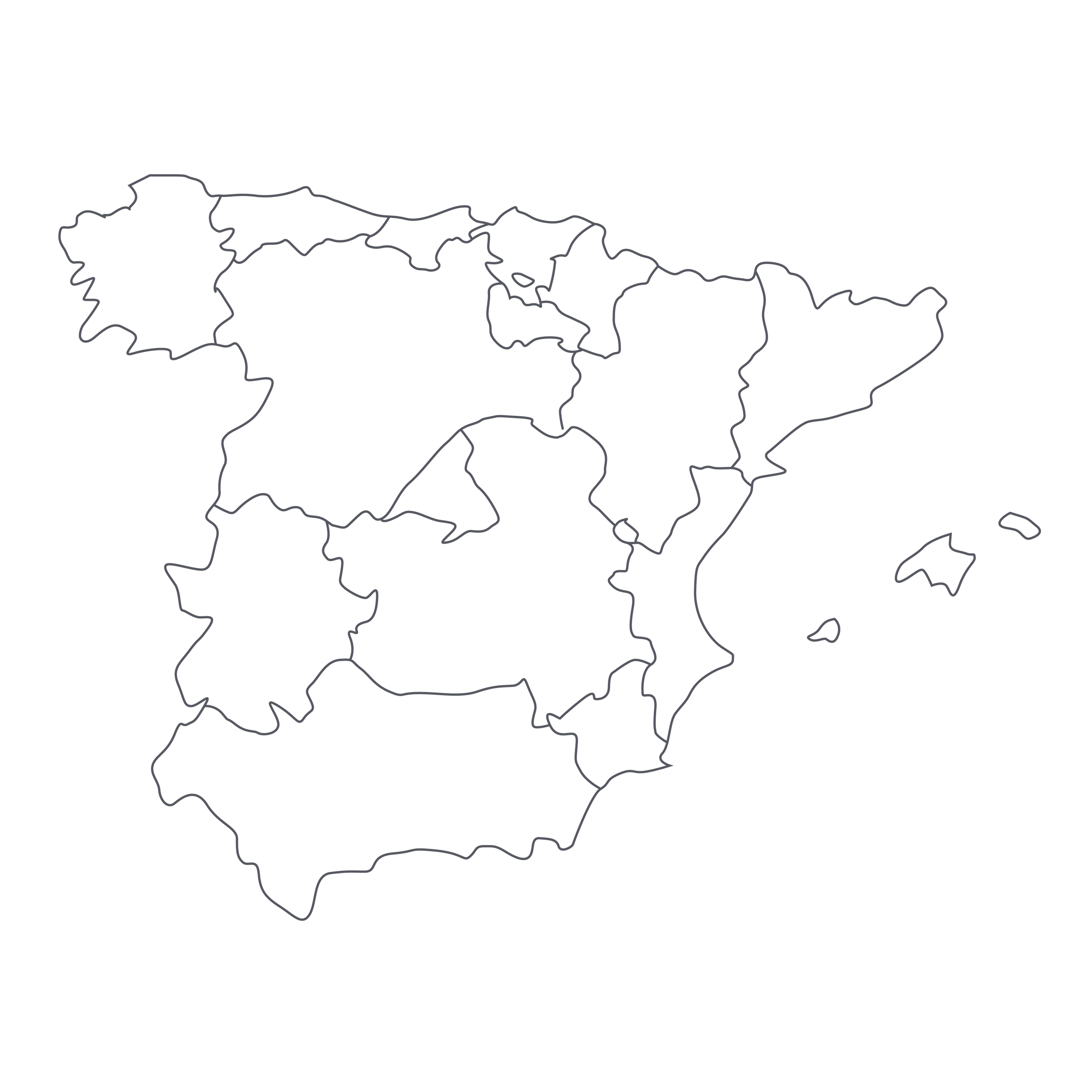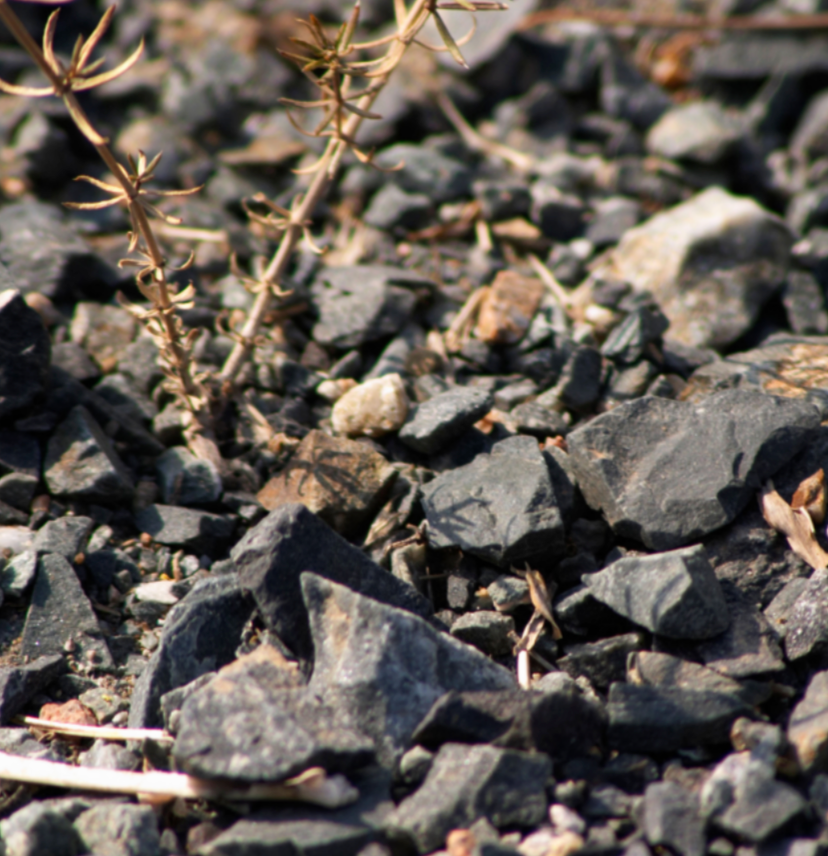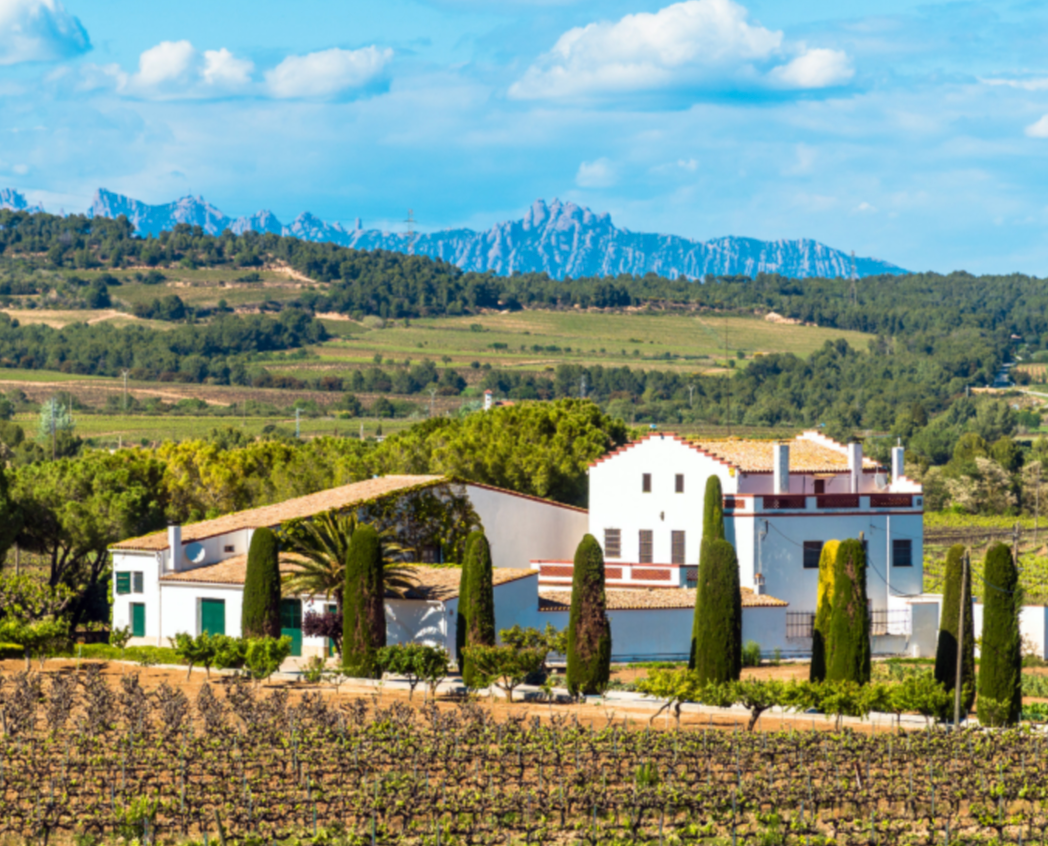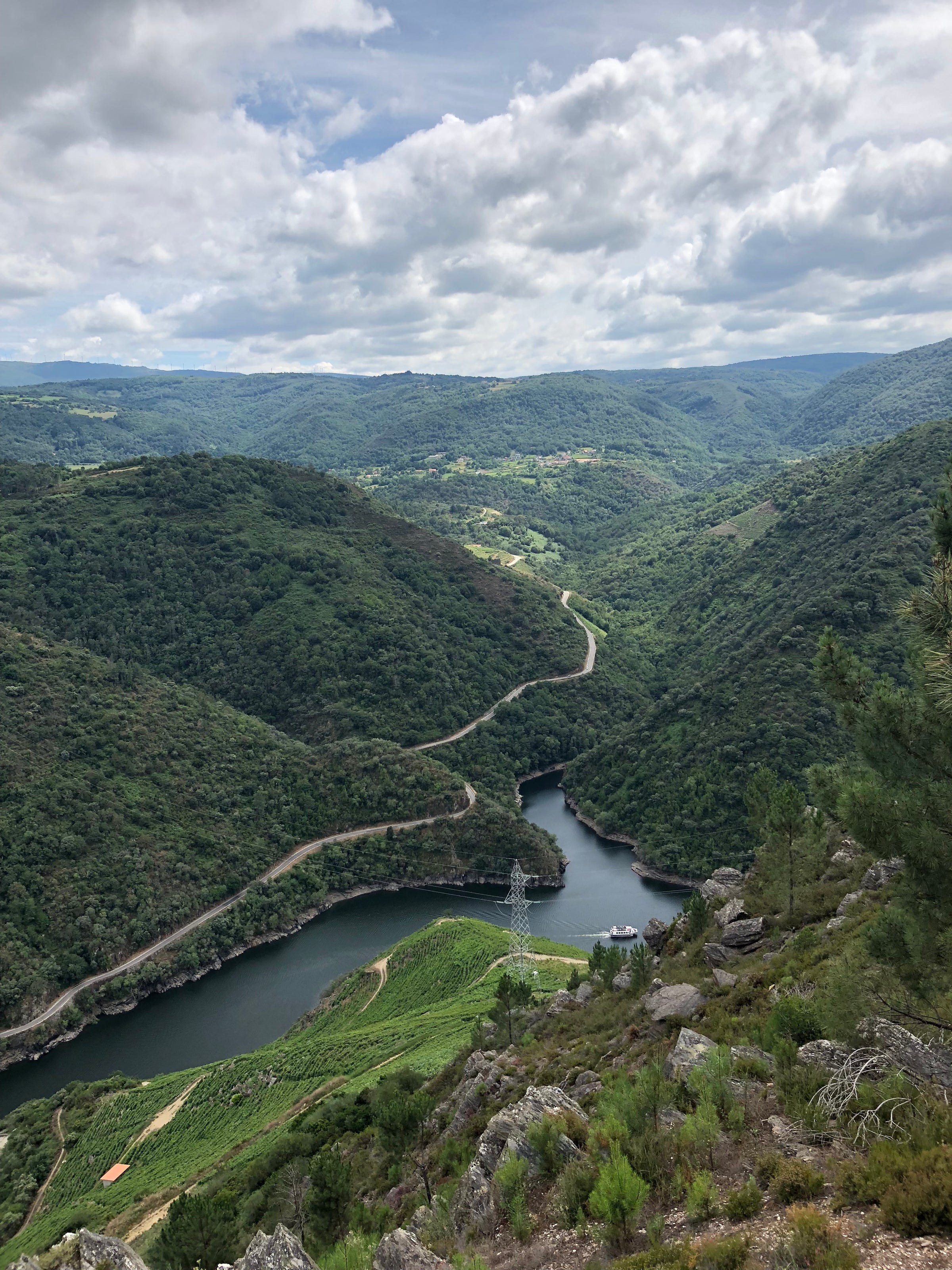Few appellations trigger a sommelier’s salivary response quite like Getariako Txakolina from Spain’s Basque Country. Latido Bidaia’s rosé is the perfect example. This electric, lightly effervescent, good-vibes-in-a-glass rosé offers wine’s happiest pleasures: refreshment, verve, and zero complications.
Really, there’s no bad time to open a bottle as delicious as this—it’s just the sort of wine we love to have on hand for an impromptu get-together or when we just need a little pick-me-up. Despite its “anytime” status, though, today’s 2020 rosé is anything but generic: Txakoli is undoubtedly one of the world’s most unique wine styles, and when you get the itch, only a bottle like this can scratch it!
The Basque Country, in Spain’s far northeastern corner, is not just the home of Txakolina but also one of the world’s greatest food cultures. It’s the land of pintxos, small bites of food served in a seemingly unending stream at every watering hole in the region. Go out any night in a city like San Sebastian, and you’ll consume vast quantities of Txakoli as you hop from bar to bar, eating some of the greatest hams, cheeses, and seafood on the planet. But as a testament to how perfectly it plays the tableside role, you’ll also find Txakolina served in Basque Country’s dozen Michelin-starred restaurants. To provide simple pleasure is Txakolina’s highest calling, and we wouldn’t have it any other way.
Txakolina also hails from a pretty stunning landscape. Bidaia is located in Getaria, a small Basque fishing village wherein vineyards hug the steep slopes overlooking the Bay of Biscay. Owners (and high school sweethearts) Xabi Urruzola and Garazi del Rey were born here, and they moved back to farm a small vineyard and open a tiny restaurant located in a 15th-century cider house. Their rosé is a blend of the two main Txakoli grapes, Hondarrabi Zuri and Hondarrabi Beltza. These varieties aren’t found anywhere else, and even their progeny is a bit of a mystery. Zuri may not even be just one grape, but actually a local name for any of three unrelated varieties. Beltza is believed to be descended from Cabernet Franc, but the jury is still out. The faint peppery notes in Bidaia’s rosé certainly lend some credence to the theory though.
In the glass, Bidaia’s 2020 rosé is a pale pink, not unlike a Provençal rosé, with just-visible carbonation. On the nose, there is a lip-smacking amalgam of just-ripe fruits: freshly cut green apple, white strawberry, cranberry, even a faint hint of Sancerre-like gooseberry. There’s a saline edge too, thanks to the Atlantic Ocean’s proximity to the vineyards. The light-bodied palate is just so deeply refreshing, led by medium-plus acidity and very fine, very gentle bubbles. Flavors lean more toward the crisp white category, with fresh citrus zest, crabapple, white flowers, and just a hint of raspberry. Served with a hefty chill around 45 degrees, it’s got the structure to easily slice through fried seafood or a hearty braise. But it’s also the perfect match for the kind of low-stakes, salty snacks you’d put out when friends come over, like cured meats and cheeses, or a dish of olives. Ultimately, I think to overcomplicate a pairing would be a disservice to this easy and delicious bottle, though. Just pour yourself a glass, sit back, and enjoy the simple joys of life!







